What’s almost as good as records falling from the sky? Record Store Day!!!
As one of our favorite days of the year spins closer and closer, we’ve decided to spotlight our music books in celebration! We’re offering a special deal for record stores:
We’ve got some new releases and some old staples:
New Releases

Crate Digger: An Obsession With Punk Records
Crate Digger: The record-obsessed Bob Suren (Sound Idea Distribution + Burrito Records) tells stories of a life framed by punk records in this popular new release,
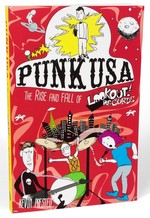
Punk USA: The Rise and Fall of Lookout Records
Punk USA: Known best as the label that put Green Day on the map, Lookout Records has been the breeding ground for hundreds of fascinating records that inspired a generation. This book, an instant hit, documents the label’s rise and fall from 1987-2006.
Classic collections

Henry & Glenn Forever
The greatest love story ever told depicts punk and metalheads Henry Rollins and Glenn Danzig in their domestic life together. Together with their neighbors Hall & Oates they have myriad adventures and deal with each other’s issues as a pair!
First, there was the book that started it all:
Then came four issues of the 32-page comic, each filled with three short stories. Each issue also comes in two different covers, a regular and a variant.
#1 #1, #2, #3, and #4
If you get a combination of 40 or more total issues (including any of the other books on this page!), we can ship ‘em with a free display box.
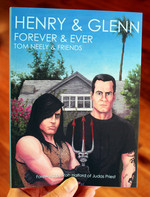
Henry & Glenn Forever & Ever
Glenn couldn’t understand how complicated it was getting so we released a trade paperback that collects all four issues plus 100 additional new pages.
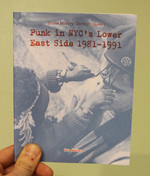
Punk in NYC’s Lower East Side 1981-1991
Scene Histories: Framed around Reagan Youth, the second generation of punk in New York’s Lower East Side that thrived while being ignored by the media and ended like all good things—with a riot in Tompkins Square.
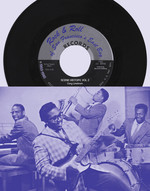
The Rock & Roll of San Francisco’s East Bay, 1950-1980
Much is written about rock n roll in San Francisco, but not as much is documented about what was happening on the other side of the bay for the first thirty years. Cory M. Linstrum uncovers it all thirty years later.
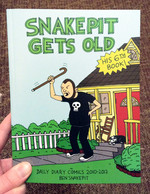
Snake Pit: Ben Snakepit (Ghost Knife, J Church, and The Sword) has documented every single day of his life in three comic book panels since 2001, instantly becoming an underground classic.
Snakepit Gets Old.
Last year we reissued his first book for its 10 year anniversary: The Snakepit Book
Snakepit: My Life in a Jugular Vein covers his hardest rocking years and includes a CD of punk tracks that he listens to in the comics
We’ve got also copies of his collections from 2007 and 2008.

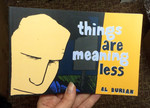
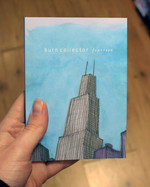
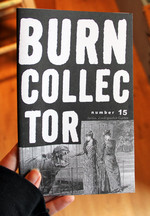
Burn Collector: You might remember Al Burian as punk’s wandering storyteller of humor and dark humor from when he played in Challenger or Milemarker or, if you’re old u’re old, Hellbender. Clearly we can’t shake the guy.
In 2003 we published his Black Flag- quoting graphic novel, Things Are Meaning Less. We’ve published two issues of his Burn Collector zine, first #14 then #15.
More underground punk classics

Beyond The Music: How Punks are Saving the World with DIY Ethics, Skills, & Values
Featuring interviews with leading figures of the DIY punk underground, this book outlines how punks are saving the world, despite contradictions, challenges, and having to overcome cultural and social norms, as well as punk’s spotty history.
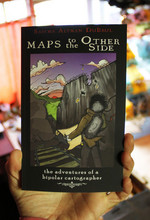
Maps To The Other Side: The Adventures of a Bipolar Cartographer
Sascha Scatter (Choking Victim) spent his life adventuring all over the globe, playing in bands and starting seed libraries before founding The Icarus Project, the first member-run mental health advocacy organization. This is his story.
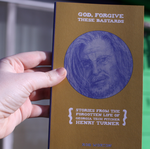
God, Forgive These Bastards
Rob Morton of Plan-it X Records’ The Taxpayers wrote this biography of a college baseball pitcher turned homeless street sage in a redemption tale of pain and forgiveness.
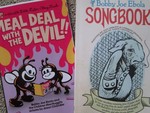
Bobby Joe Ebola: Longtime Bay Area band with a cult following, Bobby Joe Ebola has teamed up with Horrible Comics’ Jason Chandler to produce a parody of Little Golden Books (complete with a CD), Meal Deal with the Devil
We’ve also released their comprehensive lyric books / guide on how to march to the beat of your own (or no) drum, the Bobby Joe Ebola Songbook

Scam: The First Four Issues
Scam: Trainhopping, generator punk shows, stealing electricity from lamp posts, squatting, selling plasma, tagging trains, wheatpasting, and dumpstering as seen through the lens of a young punk. “Totally, totally essential for anyone with anything approaching a punk rock bone in their body.” —Boing Boing

Making Stuff and Doing Things: A Collection of DIY Guides to Just About Everything
“DIY guides to doing just about everything under the sun—from playing guitar to making toothpaste” —Last Hours Mag“If there is a book you get this year this is it…the Time-Life series for punks all in one volume, for one low-low price!” —Hanging Like a Hex
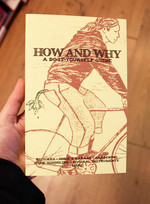
How and Why: A Do-it-yourself Guide
What do you do when you wake up from the dream? Get some blueprints for projects towards a better world! An all- grown-up do-it-yourself handbook with easy-to-use info on bicycles, home and garage, gardening, homeschooling your children, musical instruments, and more.
Punk Documentaries
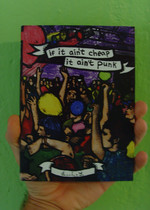
If It Ain’t Cheap, It Ain’t Punk: D. un I. t Y.
Plan-it X Records has been a vision of hope and inspiration since 1994 and this is the label’s story of ups and downs as told through the 2006 festival in Bloomington, IN
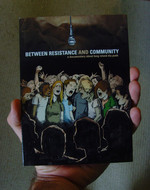
Between Resistance & Community: The Long Island Do-it-yourself Punk Scene
“Punk’s not dead—it’s just cleaned up its act and living in mom’s basement. These well-spoken kids with creative haircuts describe their own basement-band scene as “building community-based movements.” A timely snapshot of contemporary punk’s new sincerity.” —Village Voice

X Ray Visions: A Look Inside Portland’s Legendary X-Ray Cafe
“Accepting of almost all cultural expression or character type that wasn’t mean-spirited, the X-Ray championed a kind of inspired amateurism and a participatory environment that’s unlikely to be equaled for audacity or fun. In the words of one former regular, ‘the X-Ray was the cat’s potato.’ And so is this film.” —The Oregonian
Punk Classics from PM Press
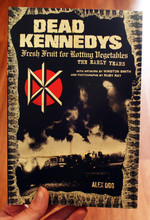
Dead Kennedys: Fresh Fruit for Rotting Vegetables, The Early Years
Using dozens of first-hand interviews, photos, and original artwork to offer a new perspective on a group who would become mired in controversy almost from the get-go. It applauds the band’s key role in transforming punk rhetoric, both polemical and musical, into something genuinely threatening—and enormously funny. The author offers context in terms of both the global and local trajectory of punk and, while not flinching from the wildly differing takes individual band members have on the evolution of the band, attempts to be celebratory—if not uncritical.
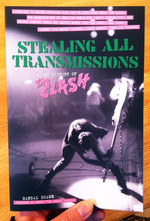
Stealing All Transmissions: A Secret History of The Clash
It’s the story of The Clash’s love affair with America that began began in 1977, when select rock journalists and deejays aided the band’s quest to depose the rock of indolence that dominated American airwaves. This history situates The Clash amid the cultural skirmishes of the 1970s and culminates with their September 1979 performance at the Palladium in New York City. This concert was broadcast live on WNEW, and it concluded with Paul Simonon treating his Fender bass like a woodcutter’s ax.
 The Story of Crass
The Story of Crass
Crass was the anarcho-punk face of a revolutionary movement founded by radical thinkers and artists Penny Rimbaud, Gee Vaucher and Steve Ignorant. When punk ruled the waves, Crass waived the rules and took it further, putting out their own records, films and magazines and setting up a series of situationist pranks that were dutifully covered by the world’s press.
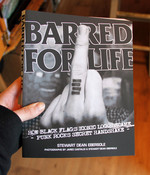
Barred For Life: How Black Flag’s Iconic Logo Became Punk Rock’s Secret Handshake
A photo documentary cataloging the legacy of Punk Rock pioneers Black Flag, through stories, interviews, and photographs of diehard fans who wear their iconic logo, The Bars, conspicuously tattooed upon their skin. An extensive tour of North America and Western Europe documents dedicated fans bearing Bars-on-skin and other Black Flag iconography. Nearly four hundred “Barred” fans lined up, smiled/frowned for the camera, and issued their stories for the permanent record.
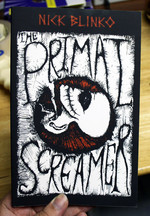
The Primal Screamer
From Rudimentary Peni frontman, this is a gothic horror novel about severe mental distress and punk rock. A diary written by psychiatrist Dr. Rodney H. Dweller, concerning his patient, Nathaniel Snoxell, brought to him in 1979 because of several attempted suicides. Snoxell gets involved in the anarchist punk scene, and begins recording songs and playing gigs at anarchist centers. In 1985, the good doctor himself “goes insane” and disappears. This semi-autobiographical novel from Rudimentary Peni singer, guitarist, lyricist, and illustrator, Nick Blinko, plunges into the worlds of madness, suicide, and anarchist punk. H. P. Lovecraft meets Crass in the squats and psychiatric institutions of early 1980s England.
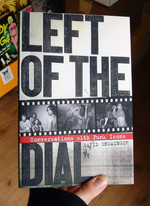
Left Of The Dial: Conversations with Punk Icons
Featuring interviews with leading figures of the punk underground: Ian MacKaye (Minor Threat/Fugazi), Jello Biafra (Dead Kennedys), Dave Dictor (MDC), and many more. Ensminger probes the legacy of punk’s sometimes fuzzy political ideology, its ongoing DIY traditions, its rupture of cultural and social norms, its progressive media ecology, its transgenerational and transnational appeal, its pursuit of social justice, its hybrid musical nuances, and its sometimes ambivalent responses to queer identities, race relations, and its own history.
Pre-paid orders over $250 get a 50% discount on all the titles in this post!
Order fifteen or more books, get a free display box!
Just select “wholesale” when you order on our site (check out our terms here).
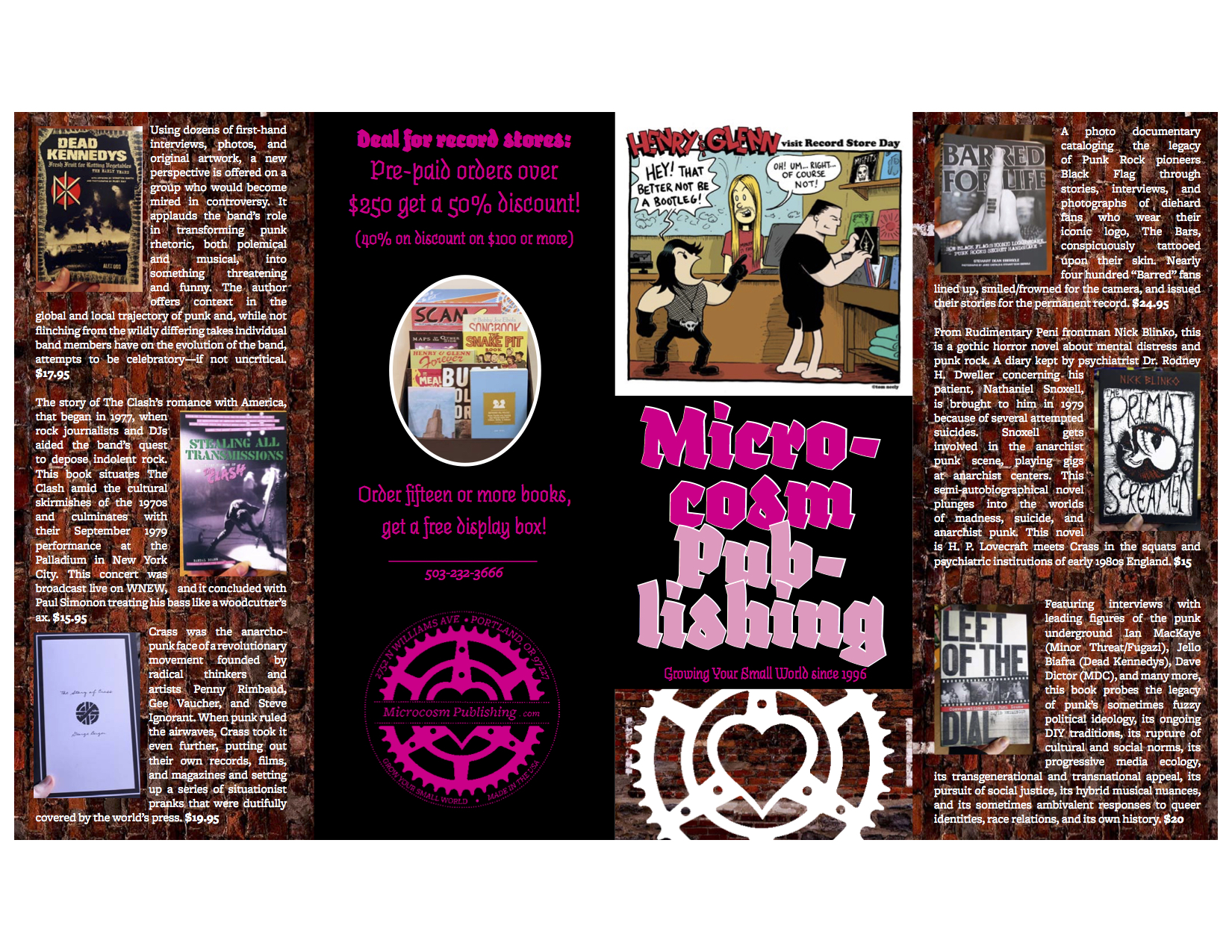
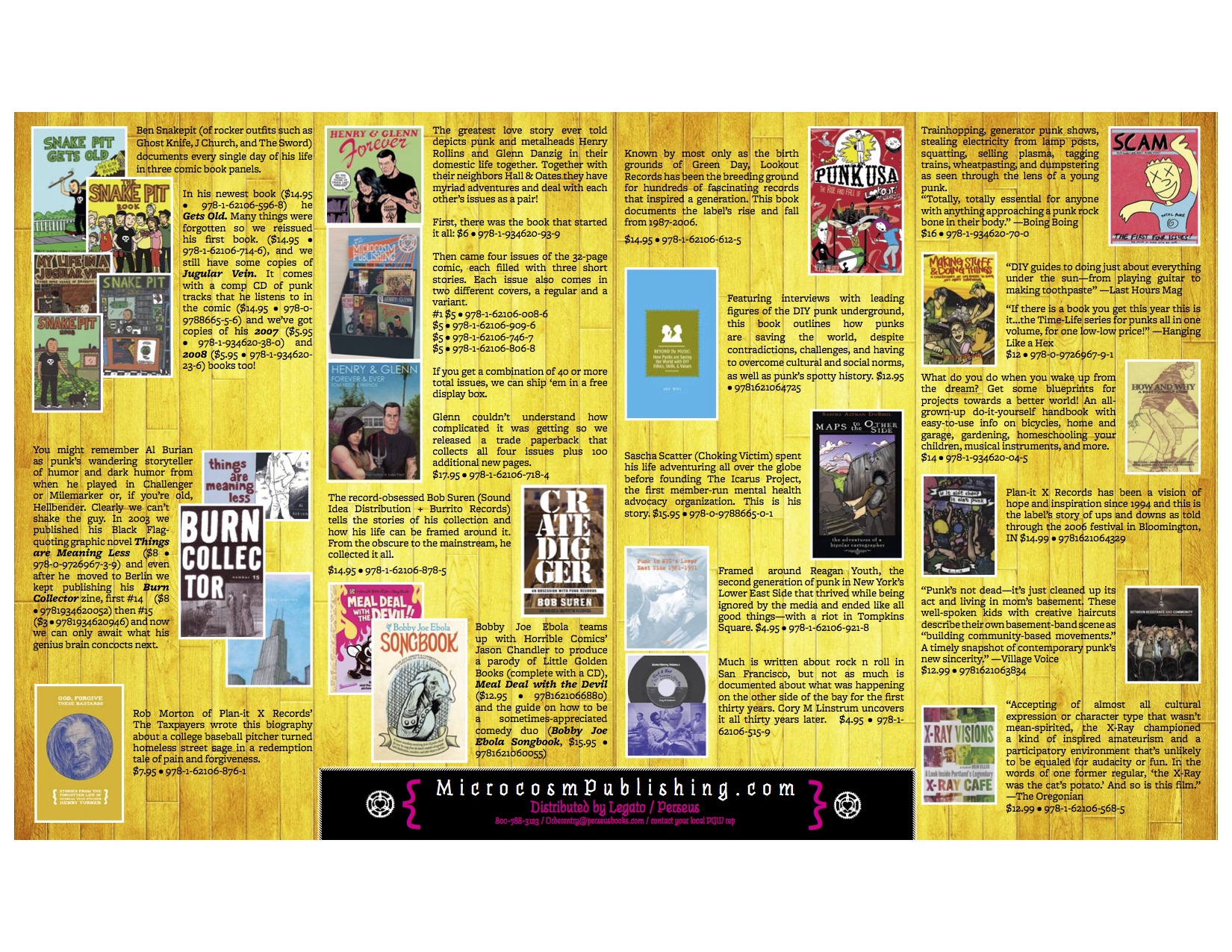
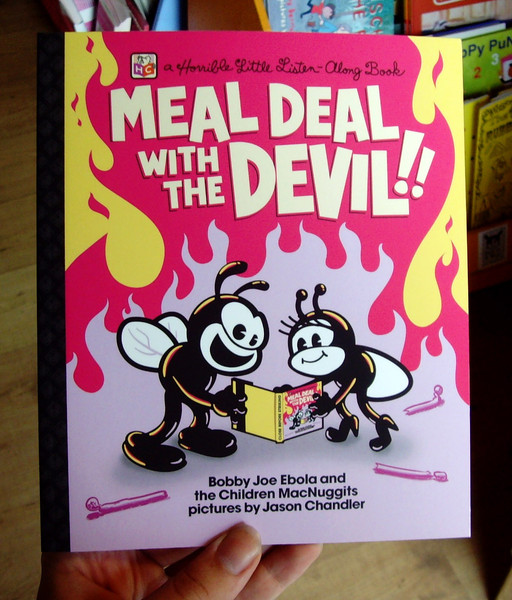
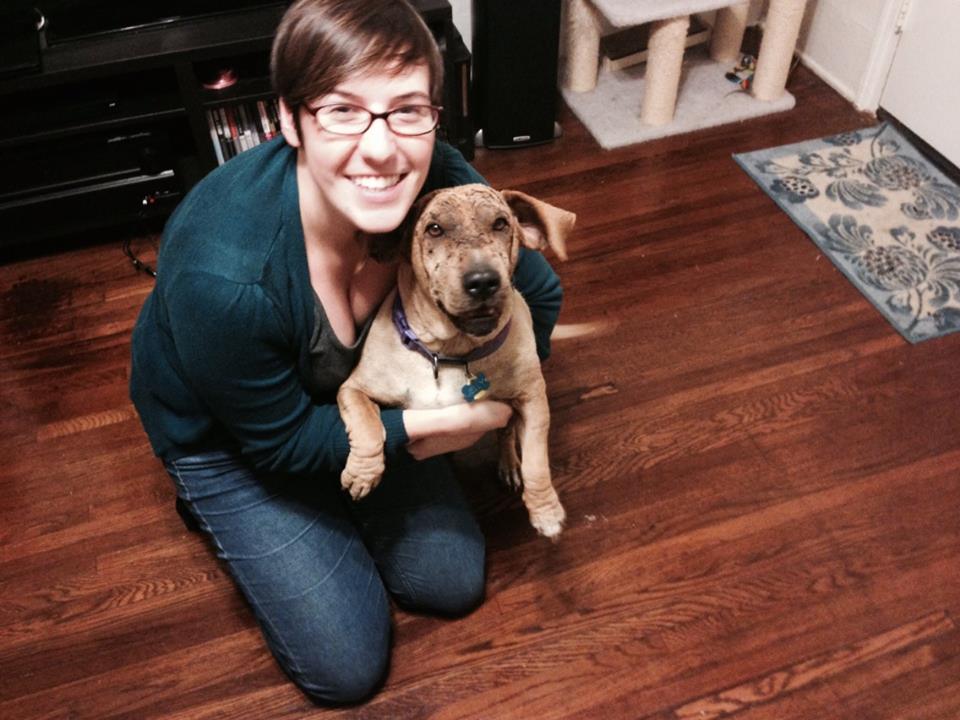 Helen Wildfell came to us with a proposal for a zine about her experiences learning to build healthy relationships. We liked it so much that we asked her to turn it into a book. The result is
Helen Wildfell came to us with a proposal for a zine about her experiences learning to build healthy relationships. We liked it so much that we asked her to turn it into a book. The result is 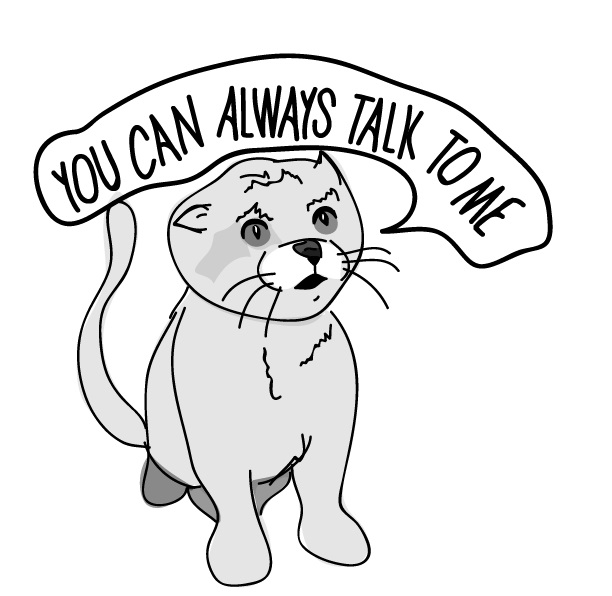 The book comes out July 14th. How do you think readers will respond? How do you hope the book will be taken?
The book comes out July 14th. How do you think readers will respond? How do you hope the book will be taken?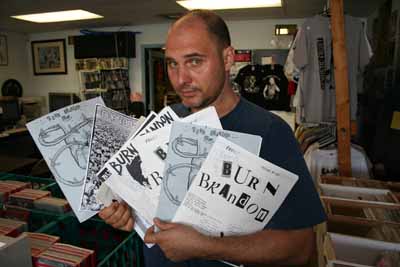 Bob Suren’s book,
Bob Suren’s book, 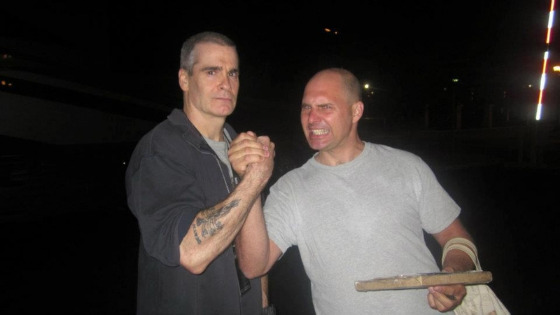 3. Fan response to your book has been tremendous—do you have any stories to share about how people are reacting?
3. Fan response to your book has been tremendous—do you have any stories to share about how people are reacting? 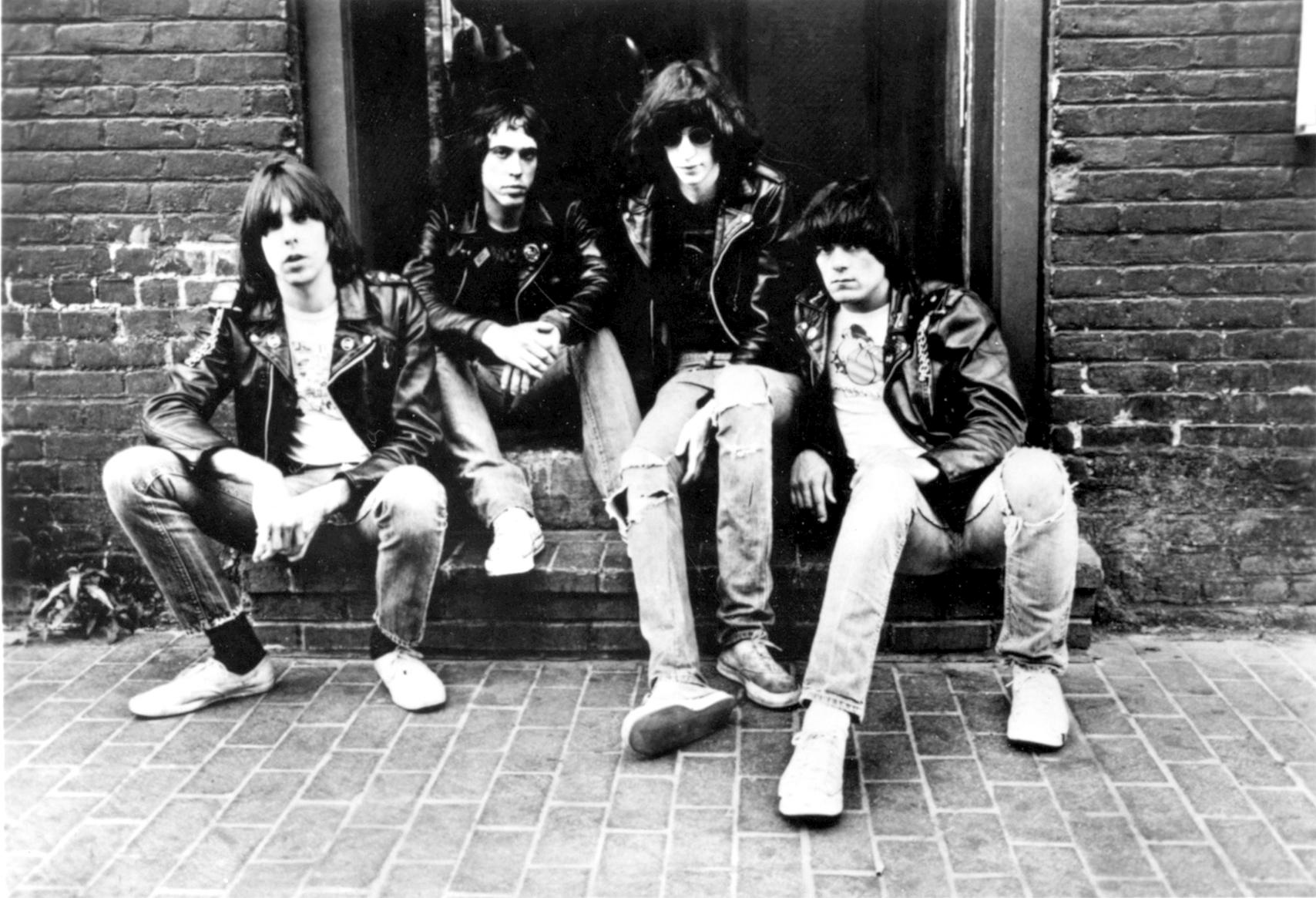
 In 2013, we published
In 2013, we published 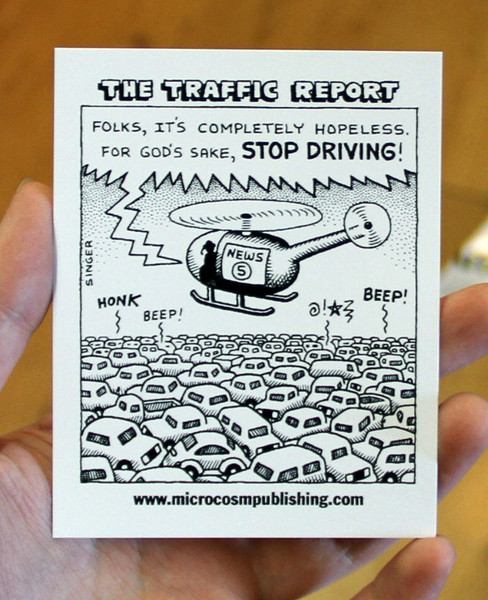 Most people in the US still see bicycles as a sport or something kids do. Do you have a lot of awkward conversations about what your work is actually about?
Most people in the US still see bicycles as a sport or something kids do. Do you have a lot of awkward conversations about what your work is actually about?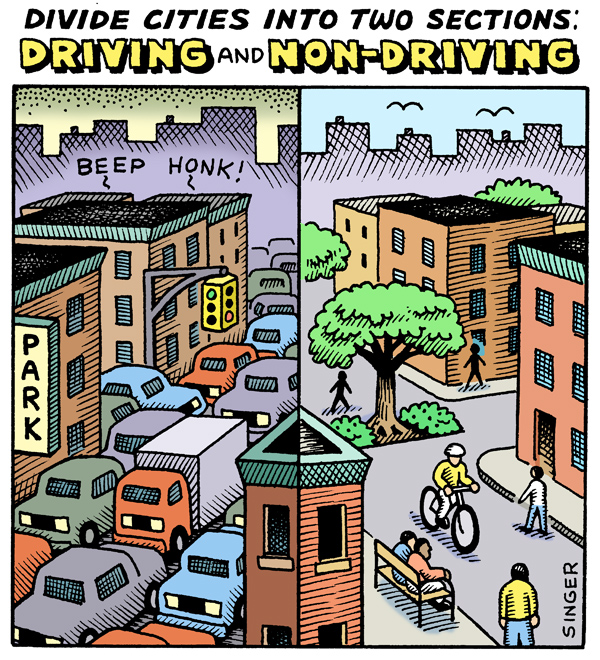 In a globally connected capitalist world, cities and countries are competing for highly skilled labor—programmers, engineers, scientists, etc. To some degree, these people can live anywhere they want. So San Francisco or my current city in Minnesota aren’t just competing with other U.S. cities but are competing with cities in Europe for the best and brightest talent. Polls and statistics show that more and more skilled people want to live in cities that are walkable, bikeable and have good public transit. Also our population is aging and realizing that they don’t want to be trapped in automobile-oriented retirement communities in Florida or the southwest USA. They also want improved walkability and transit. Finally, there’s been an explosion of obesity in the USA with resulting increases in healthcare costs. Many factors contribute to this but increased amounts of driving and a lack of daily exercise are major factors. City, state and business leaders in the US are increasingly aware of all this. It is part of Gil Peñalosa’s “8-80” message (the former parks commissioner of Bogotá, Colombia) and many other leaders.
In a globally connected capitalist world, cities and countries are competing for highly skilled labor—programmers, engineers, scientists, etc. To some degree, these people can live anywhere they want. So San Francisco or my current city in Minnesota aren’t just competing with other U.S. cities but are competing with cities in Europe for the best and brightest talent. Polls and statistics show that more and more skilled people want to live in cities that are walkable, bikeable and have good public transit. Also our population is aging and realizing that they don’t want to be trapped in automobile-oriented retirement communities in Florida or the southwest USA. They also want improved walkability and transit. Finally, there’s been an explosion of obesity in the USA with resulting increases in healthcare costs. Many factors contribute to this but increased amounts of driving and a lack of daily exercise are major factors. City, state and business leaders in the US are increasingly aware of all this. It is part of Gil Peñalosa’s “8-80” message (the former parks commissioner of Bogotá, Colombia) and many other leaders.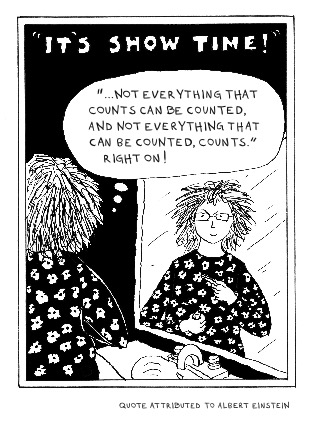 Last month, we felt lucky and stoked to publish
Last month, we felt lucky and stoked to publish 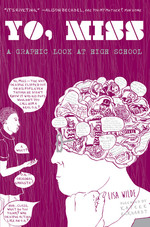 Reading Yo Miss, it was easy to get attached to a lot of the students. Can you share any “where are they now”s with us?
Reading Yo Miss, it was easy to get attached to a lot of the students. Can you share any “where are they now”s with us?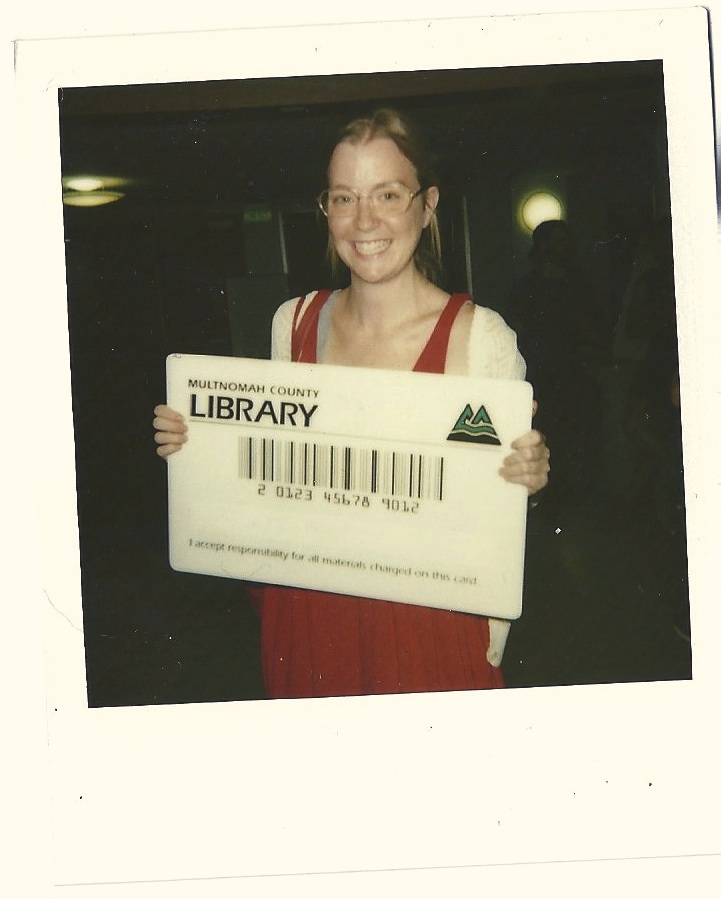 Long ago, Joe handed me a book and said “you’ll like this.” It was Katie Haegele’s
Long ago, Joe handed me a book and said “you’ll like this.” It was Katie Haegele’s 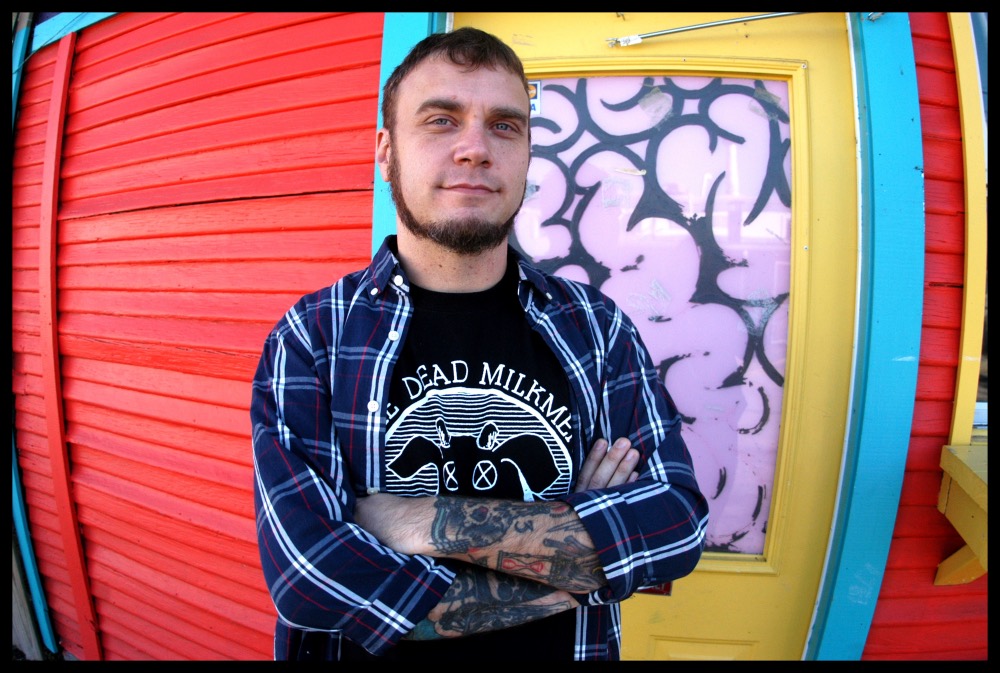 I’ve read my way through most of the Microcosm catalog, but there are some books that just never jumped out at me—most of them being either graphic novels or books about punk music, two genres that I’ve yet to get a handle on. But when I spent a week at home sick, trying to rest and relax, I decided to delve into the books on our list that I had deemed to be the least suited for my interests—Ben White’s
I’ve read my way through most of the Microcosm catalog, but there are some books that just never jumped out at me—most of them being either graphic novels or books about punk music, two genres that I’ve yet to get a handle on. But when I spent a week at home sick, trying to rest and relax, I decided to delve into the books on our list that I had deemed to be the least suited for my interests—Ben White’s  Your drawing style has evolved a lot since you started in 2001, and of course your life has changed, but even more than those things, the tone of the way you talk about yourself and your life is much different. How have your motivations for making the comic changed, and also do you get something different out of it now than you used to?
Your drawing style has evolved a lot since you started in 2001, and of course your life has changed, but even more than those things, the tone of the way you talk about yourself and your life is much different. How have your motivations for making the comic changed, and also do you get something different out of it now than you used to?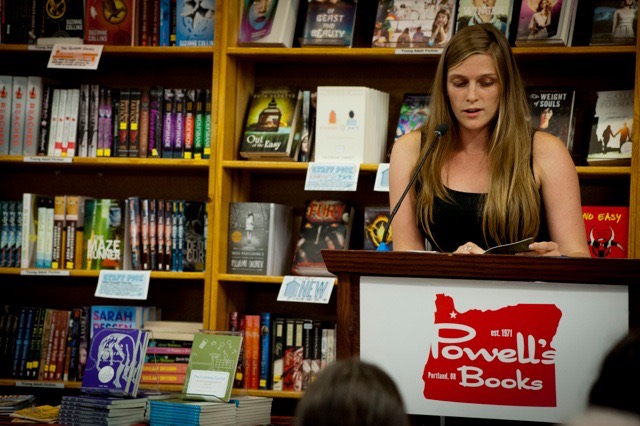 As I’ve been developing our
As I’ve been developing our 



























